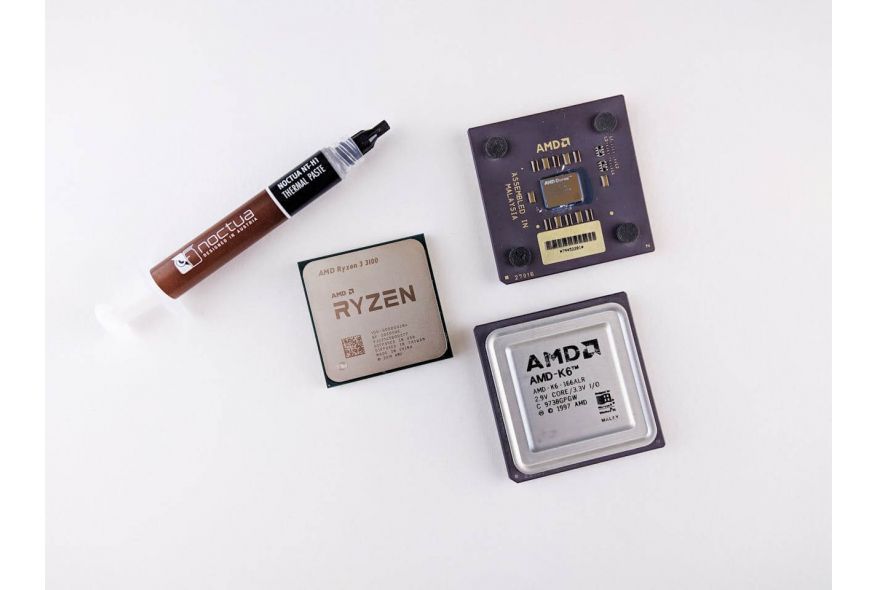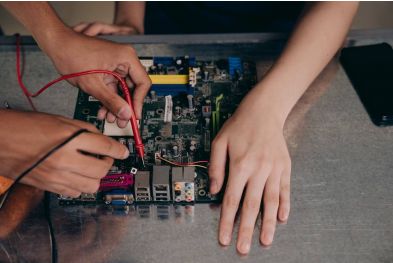How to Replace CPU and GPU Thermal Paste for Better Cooling Performance
Is your computer overheating, throttling performance, or making loud fan noises? Over time, thermal paste—the heat-conductive material between your CPU/GPU and their coolers—dries out and loses effectiveness. Replacing it can restore cooling efficiency, lower temperatures, and extend hardware life. Here’s a step-by-step guide to safely replace thermal paste on both your CPU and GPU.
Tools You’ll Need
High-quality thermal paste (e.g., Arctic MX-4, Noctua NT-H1)
Isopropyl alcohol (90% or higher)
Lint-free microfiber cloth or coffee filters
Anti-static wrist strap (optional but recommended)
Screwdrivers (size depends on your hardware)
Plastic pry tool (for GPU disassembly)
Step 1: Prepare Your Workspace
Power down your PC and unplug all cables.
Ground yourself to avoid static discharge by wearing an anti-static wrist strap or touching a metal surface.
Work in a clean, well-lit area to avoid losing screws or contaminating components.
Step 2: Remove the CPU Cooler
Unscrew the cooler from the motherboard, gently twisting it to break the seal of the old thermal paste.
Lift the cooler straight up to avoid bending CPU pins.
Clean the CPU and cooler with isopropyl alcohol and a lint-free cloth. Remove all residue until both surfaces are shiny and dry.
Step 3: Apply New Thermal Paste to the CPU
Apply a pea-sized drop of thermal paste to the center of the CPU.
Reattach the cooler, pressing down evenly to spread the paste. Tighten screws in a diagonal pattern for even pressure.
Step 4: Replace GPU Thermal Paste
Note: GPU disassembly varies by model. Check manufacturer guides first.
Remove the GPU backplate and cooler screws using the appropriate screwdriver.
Gently separate the cooler from the GPU die using a plastic pry tool.
Clean the GPU die and cooler with isopropyl alcohol.
Apply a thin, even layer of thermal paste to the GPU die (smaller than a pea).
Reassemble the GPU, ensuring all screws are tightened evenly.
Step 5: Test Your System
Reinstall components and power on your PC.
Monitor temperatures using software like HWMonitor or MSI Afterburner. Expect a 5–15°C drop under load!
Pro Tips
Replace thermal paste every 2–3 years for optimal performance.
Avoid conductive pastes (e.g., liquid metal) unless experienced.
Too much paste can cause spills—less is more!
🔥 Found this guide helpful? Share it with friends and fellow PC builders on Facebook, Twitter, or Reddit! 🔥
By following these steps, you’ll keep your CPU and GPU running cooler, quieter, and longer. Questions? Drop them in the comments below!
🚀 Don’t forget to share this article to help others boost their PC’s performance! 🚀







